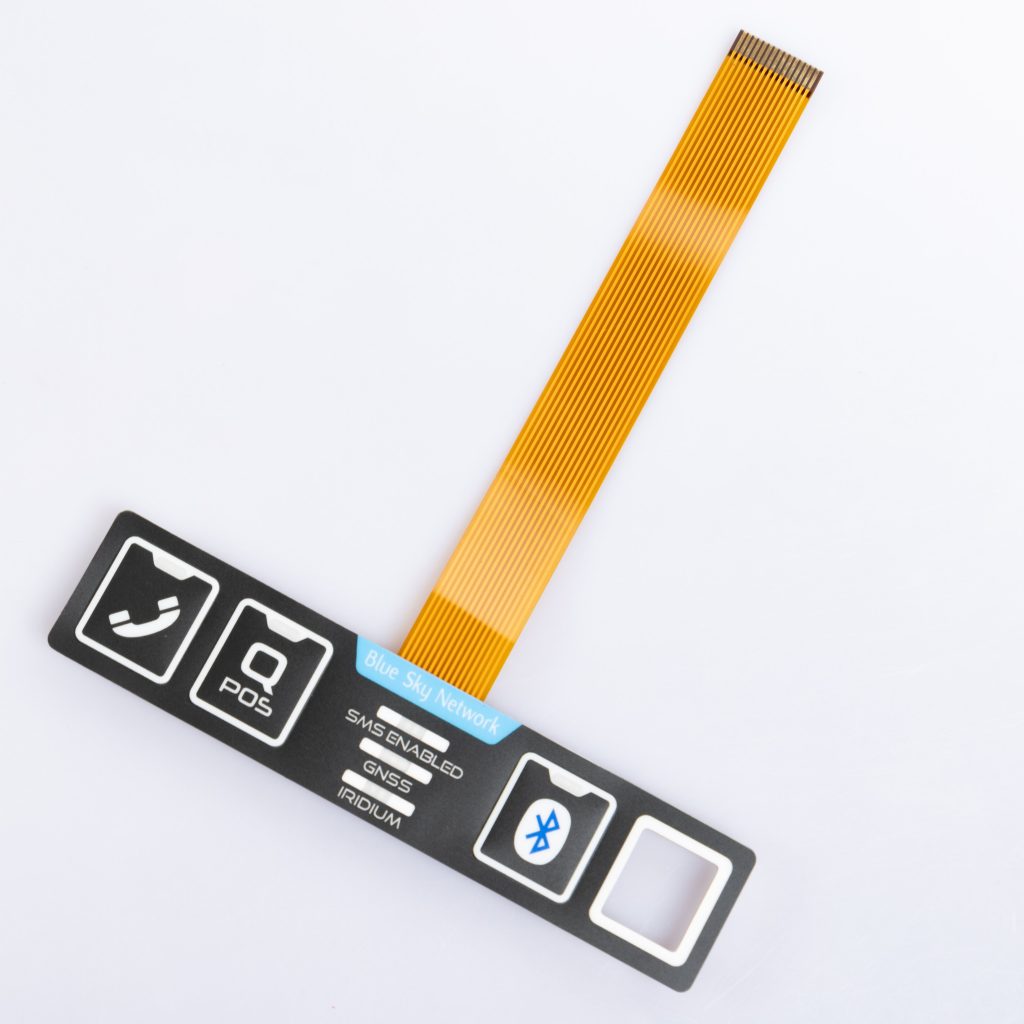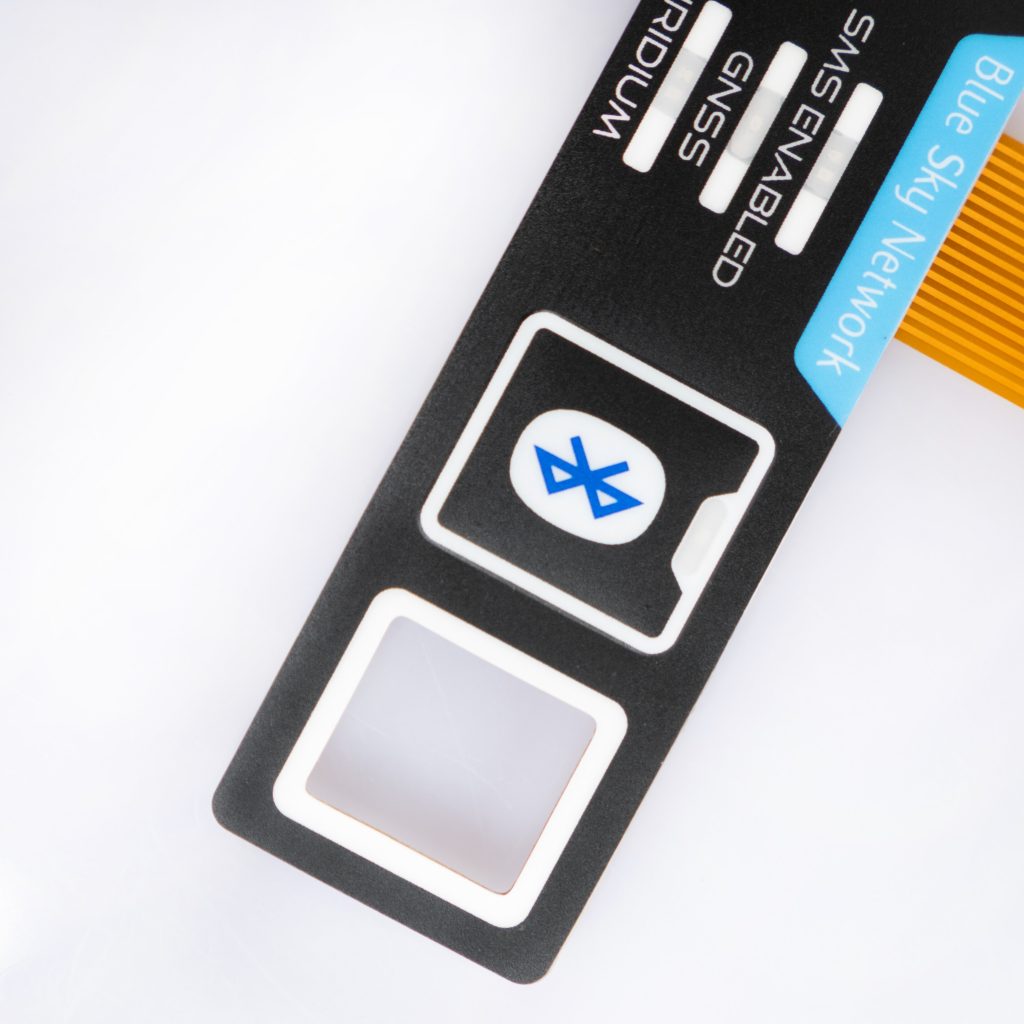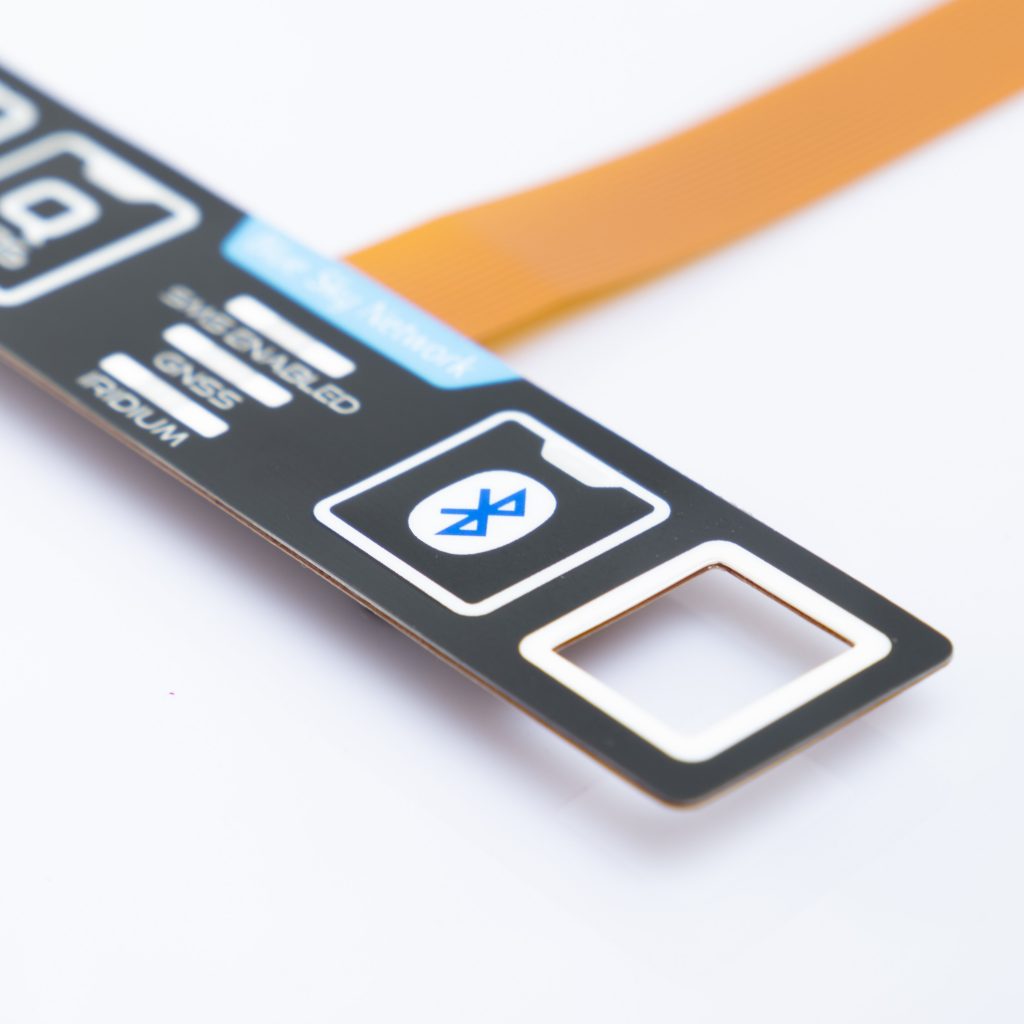Contact
Write to Us And We Would Be Happy to Advise You.
Do you have any questions, or would you like to speak directly with a representative?
By hqt
In today’s fast-paced world, user-friendly interface designs have become paramount. One key component of user interfaces is the backlight membrane switch. Manufacturing and testing processes play a crucial role in ensuring the functionality and durability of these switches. In this article, we will explore the intricacies of manufacturing and testing backlight membrane switches, highlighting the significance of these processes in enhancing user experience.



A backlight membrane switch is a user interface component commonly found in electronic devices such as keyboards, control panels, and medical equipment. It consists of several layers, including a graphic overlay, spacer, circuit layer, and backlighting source. The switch allows users to input commands by pressing on specific areas of the graphic overlay, which triggers electrical signals through the circuit layer.
The manufacturing process begins with the design phase. Designers create detailed schematics and 3D models to visualize the switch’s layout and functionality. Prototypes are then developed to assess the switch’s performance and make any necessary modifications before proceeding to mass production.
Choosing the right materials is crucial for manufacturing high-quality backlight membrane switches. The graphic overlay requires materials that are durable, resistant to wear and tear, and capable of accommodating printing techniques for icons and labels. The circuit layer materials must possess excellent electrical conductivity and be capable of withstanding repeated actuations.
Once the materials are selected, the printing and circuit formation process commences. The graphic overlay is printed with icons, labels, and other visual elements using techniques such as screen printing or digital printing. The circuit layer is manufactured by depositing conductive ink or copper traces onto a flexible substrate, creating the necessary electrical pathways.
In this stage, the various layers of the backlight membrane switch are assembled and encapsulated. The circuit layer is aligned with the graphic overlay, and a spacer layer is added to create the necessary air gap between the two. The layers are then bonded together using adhesives or heat sealing methods.
Electrical testing is conducted to ensure the functionality of the backlight membrane switch. This involves verifying the continuity of the circuit, checking for any short circuits, and testing the responsiveness of individual keys or touch areas. Specialized equipment is used to simulate user interactions and measure the electrical signals produced.
Backlight membrane switches are exposed to various environmental conditions during their lifespan. Therefore, it is crucial to subject them to rigorous environmental testing. This includes testing for resistance to temperature extremes, humidity, UV radiation, and chemical exposure. By evaluating the switch’s performance under different conditions, manufacturers can ensure its reliability in real-world scenarios.
To determine the switch’s durability and expected lifecycle, manufacturers conduct extensive durability testing. This involves subjecting the switch to repeated actuations, assessing its resistance to wear and tear, and measuring the force required for actuation. By simulating long-term usage, manufacturers can identify any design or material flaws and make necessary improvements.
Throughout the manufacturing process, quality control measures are implemented to ensure that each backlight membrane switch meets the required standards. Visual inspections, dimensional measurements, and functionality tests are performed at different stages of production. Any defective switches are identified and rectified before they reach the final packaging stage.
The manufacturing time for backlight membrane switches can vary depending on factors such as complexity, quantity, and customization requirements. Generally, it takes several weeks to complete the entire manufacturing process, including design, prototyping, material selection, printing, assembly, testing, and quality control.
Yes, backlight membrane switches can be customized with various backlighting colors. Manufacturers offer a range of options to match specific design requirements and user preferences. Customization extends to the graphic overlay as well, allowing for unique icons, labels, and branding elements.
Backlight membrane switches can be designed and manufactured to withstand outdoor conditions. By utilizing materials with UV resistance and implementing proper sealing techniques, these switches can endure exposure to sunlight, temperature fluctuations, and moisture. Environmental testing ensures their suitability for outdoor applications.
Yes, backlight membrane switches can be integrated with other components, such as touchscreens, display panels, or tactile feedback mechanisms. This versatility allows for the creation of multifunctional user interfaces that enhance user experience and streamline device operation.
Backlight membrane switches offer several advantages over traditional mechanical switches. They are thinner, lighter, and more flexible, making them suitable for compact and portable devices. They also provide a smoother and quieter user experience, as actuation is achieved through a membrane instead of physical key mechanisms.
To ensure the reliability of backlight membrane switches in your products, it is essential to partner with reputable manufacturers with a proven track record in switch manufacturing. Additionally, collaborating closely with the manufacturer during the design phase and conducting thorough testing of prototypes and final products can help identify and address any potential issues early on.
Manufacturing and testing backlight membrane switches are critical steps in creating user-friendly and durable interface solutions. The precise execution of these processes ensures the functionality, reliability, and longevity of the switches. By understanding the intricacies involved in their manufacturing and testing, businesses and designers can make informed decisions to enhance user experiences and improve product performance.
Do you have any questions, or would you like to speak directly with a representative?